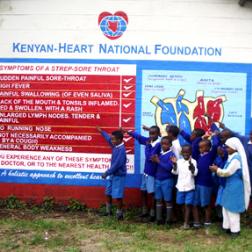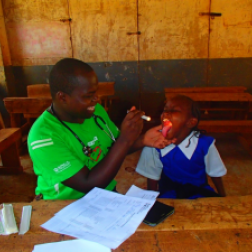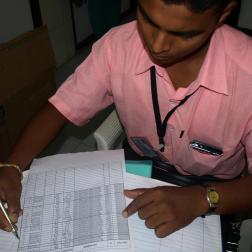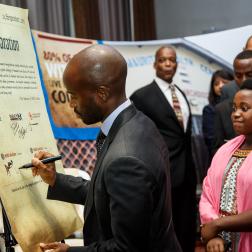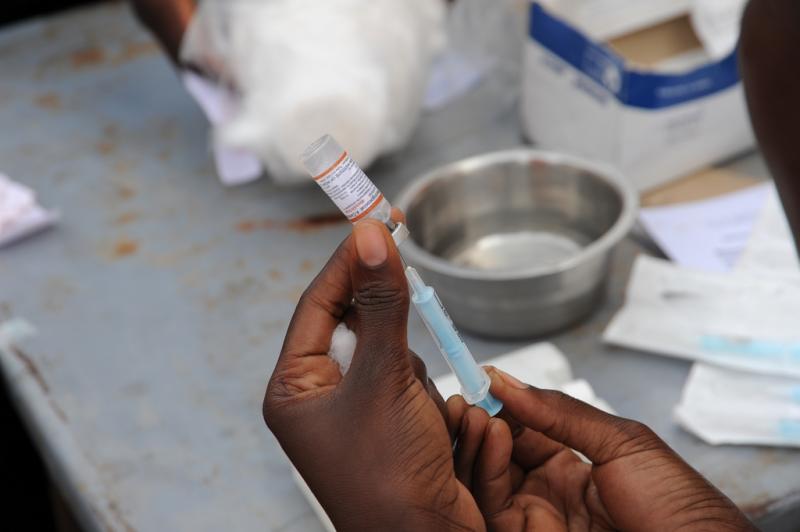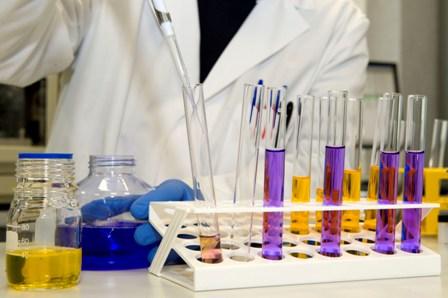
A vaccine against GAS offers promise for definitive control of ARF, RHD and other diseases caused by the same bacteria. Attempts to develop a GAS vaccine have been underway since the early 1920s and a number have progressed to early human trials. Progress towards a safe, effective, affordable and practical GAS vaccine has accelerated in recent years.
The World Health Organisation Product Development for Vaccines Advisory Committee (PD-VAC) is exploring development opportunities for GAS vaccines. In addition, the Coalition to Advance New Vaccines Against Group A Streptococcus (CANVAS) initiative, funded by the Governments of Australia and New Zealand began in 2013. A number of vaccine candidates are in early human trials.
Prioritizing, developing and implementing vaccine programs is a complex international undertaking. Similarly, basic science development of vaccines is highly specialized, expensive and technically complex. These barriers can make it difficult for local disease control programs to engage with global vaccine priority setting. In reality, countries, communities and control programs are the primary stakeholders in vaccine development. Local engagement is critical for producing a vaccine which is needed, accepted and adopted.
The importance early country level engagement is demonstrated by the rapid introduction of some vaccines (rotavirus and pneumococcal) after product licensure. Others, including HiB and Hepatitis B, experienced lengthy delays prior to widespread use. In light of these experiences WHO developed Vaccine Introduction Guidelines to help countries make decisions about new vaccines. This model has been expanded and adapted to explore preliminary work for making decisions about a malaria vaccine. A similar framework for preparatory GAS vaccine engagement is needed. In the interim key topics adapted from malaria are outlined below:
Signal vaccine demand
Identifying and communicating vaccine needs in low resource settings is critical for securing interest, funding and support from large stakeholders. Governments of endemic countries, clinicians and RHD control programs have the best possible insight into why a vaccine is needed. Collating these experiences and advocating for vaccine development is an important contribution to the vaccine development agenda.
Burden of disease data
Burden of disease data is essential for demonstrating need and to inform decisions about potential benefits, cost effectiveness and impact. Locally measured data on burden of disease has a greater impact on decision makers than international estimates.
Existing intervention data
Development of an expensive vaccine is only worthwhile if there are no simpler or easier ways to achieve the same goal. Understanding what your country and program spend on the existing interventions – and how well they work – is critical information for making vaccine investment decisions.
